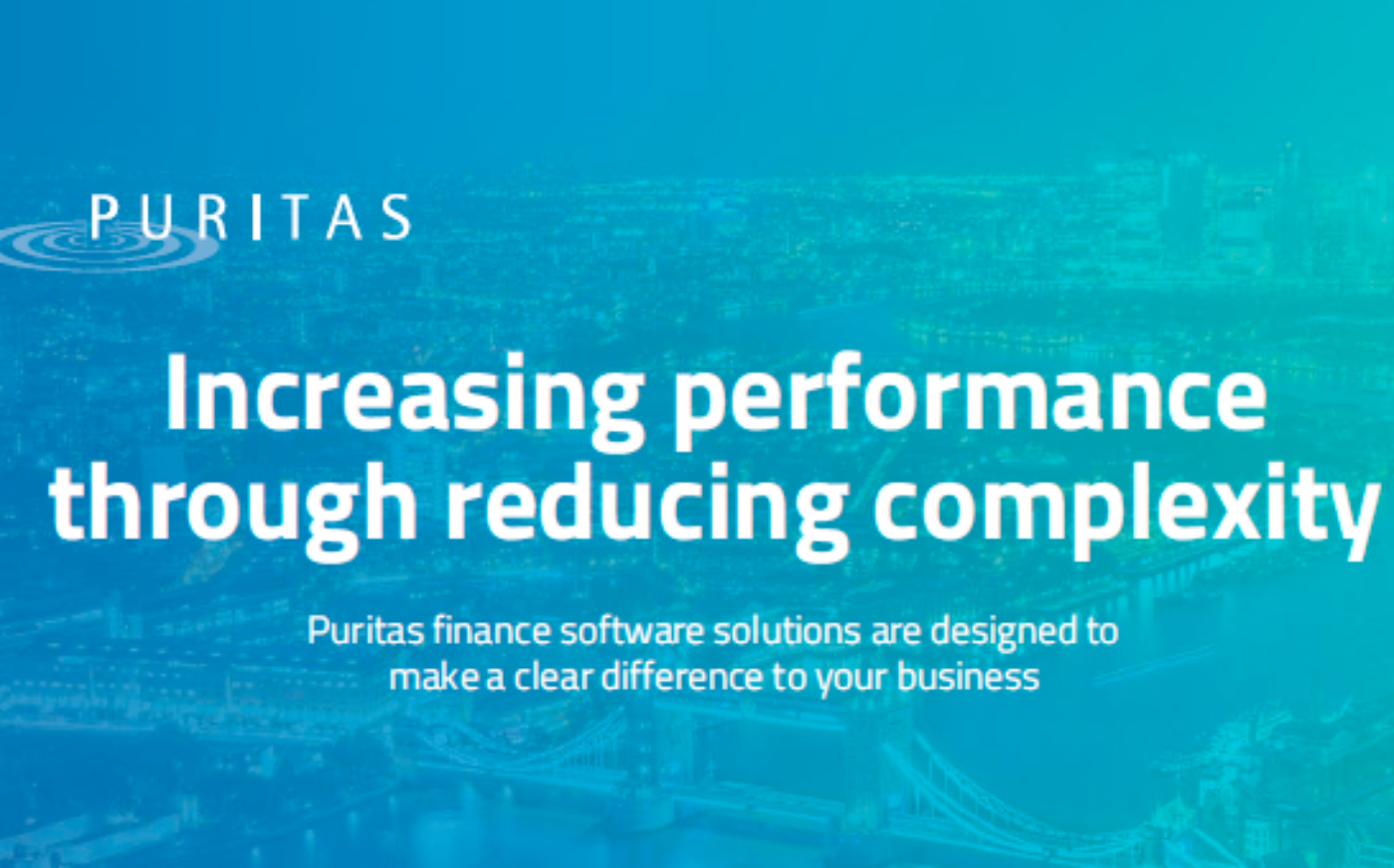A smarter way forward: Why automation is a game-changer in fund administration
Fund administration has always been a cornerstone of the investment ecosystem, responsible for ensuring that funds operate transparently, efficiently and in compliance with evolving regulations. But in today’s environment – where complexity is rising, margins are tightening, and investment managers expect more for less – the traditional reliance on manual processes is becoming unsustainable for fund administrators.
While some firms respond by outsourcing to lower-cost jurisdictions, this strategy often masks a deeper issue: the inability of manual, resource-heavy workflows to scale and adapt. The real challenge isn’t just about cutting costs. It’s about finding smarter, more resilient ways of working that allow fund administrators to thrive in a fast-moving, digital-first world while improving operational efficiency.
When manual processes hold you back
Manual operations often feel manageable – until they aren’t. As client volumes grow and expectations rise, the cracks begin to show. Onboarding processes become sluggish, with paper-heavy KYC and AML checks delaying activation and creating poor first impressions for fund managers. Handling investor subscriptions, redemptions and transfers manually presents significant risk management challenges and inefficiency, often slowing turnaround times and increasing the potential for regulatory compliance breaches.
Reporting, too, becomes a pain point in fund operations. Creating statements and regulatory reports in Excel or across disconnected systems opens the door to inconsistency and delays – while raising red flags for auditors. The lack of proper data management creates additional complications when handling financial data across multiple platforms. Payments are equally fraught, often requiring teams to navigate across systems, validate data manually and chase approvals. These are not just operational nuisances – they directly impact service quality, operational risk and your ability to scale.
Efficiency and accuracy
The impact of manual workflows is cumulative and corrosive. Teams are stretched thin, spending hours on tasks that could be automated through process automation solutions. The risk of human error increases, threatening both regulatory compliance and client trust. And perhaps most significantly, the lack of scalable processes makes it difficult for fund administration firms to grow efficiently, or to deliver the responsiveness that modern investors expect in fund management.
What’s at stake is more than operational efficiency. In a market defined by rising expectations and tighter margins, sticking with the status quo can ultimately increase operational costs and cost your business its competitive edge.

Automation as a strategic enabler
This is where automation enters – not as a way to replace people, but as a way to refocus them on the work that really matters in fund administration. By automating routine processes, fund administrators can enhance risk management, improve consistency and reduce turnaround times. Onboarding can be streamlined through digital portals and real-time checks. Investor dealing and settlement can be transformed through Straight Through Processing (STP), eliminating unnecessary friction and improving overall data management capabilities by reducing manual input and system discrepancies.
Payments and batch communications can be scheduled, reconciled, and delivered with minimal manual intervention, significantly reducing human error and improving fund accounting accuracy. Advanced data analysis capabilities enable better decision-making and more robust risk management across all fund operations.
The benefits go beyond process improvement. Automation allows fund administrators to offer better service – faster responses, greater transparency and around-the-clock access to investment information. At the same time, teams are freed from repetitive manual processes, giving them more time to focus on higher-value work like strategic planning, regulatory compliance oversight and client relationship building.
Where to start automation in fund administration
The path to automation doesn’t need to be overwhelming in the fund administration space. Most firms find the greatest value by starting with high-volume, error-prone areas – such as investor onboarding, dealing, reporting or payment processing. These areas are not only ripe for process automation but also deeply connected to client experience and operational risk management. Success here can create both quick wins and momentum for broader transformation.
More importantly, automation shouldn’t be seen as a bolt-on solution. The most successful fund administrators are reimagining their operations with automation at the core – aligning technology with business strategy and reshaping how value is delivered at every stage of the investor journey while improving operational efficiency.
Leading the shift to smarter operations
Automation is no longer a nice-to-have or a differentiator for only the biggest players in asset management. It’s becoming a baseline expectation – one that will define which fund administrators can scale, maintain regulatory compliance and deliver exceptional service in the years to come.
Fund administrators that act now have the opportunity to lead in the fund administration space. By embracing automation not as a cost-saving measure, but as a foundation for growth, they can build more agile, resilient, and client-focused operations that stand the test of time while managing operational costs effectively.
Ready to start the conversation?
Every fund administrator’s journey will look different. It begins with a clear understanding of where manual processes are holding you back – and where automation can unlock the greatest value through enhanced data management and risk management capabilities.
If you’re exploring how to scale smarter, strengthen client relationships and protect your margins to remain competitive, we’d be glad to help.
Contact us or Book a Demo to discover how PureFunds can support your automation journey.
.



